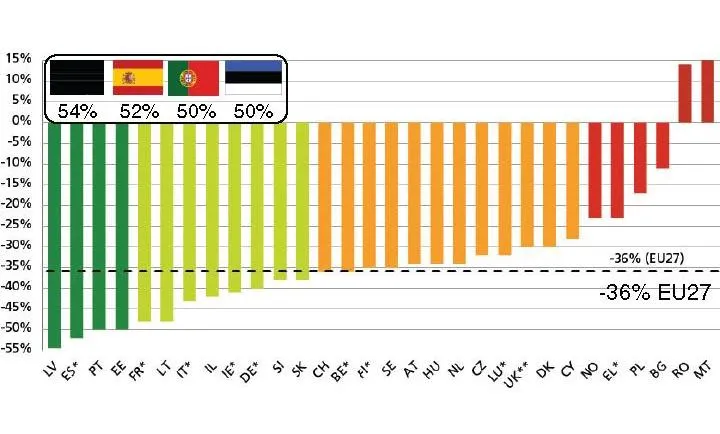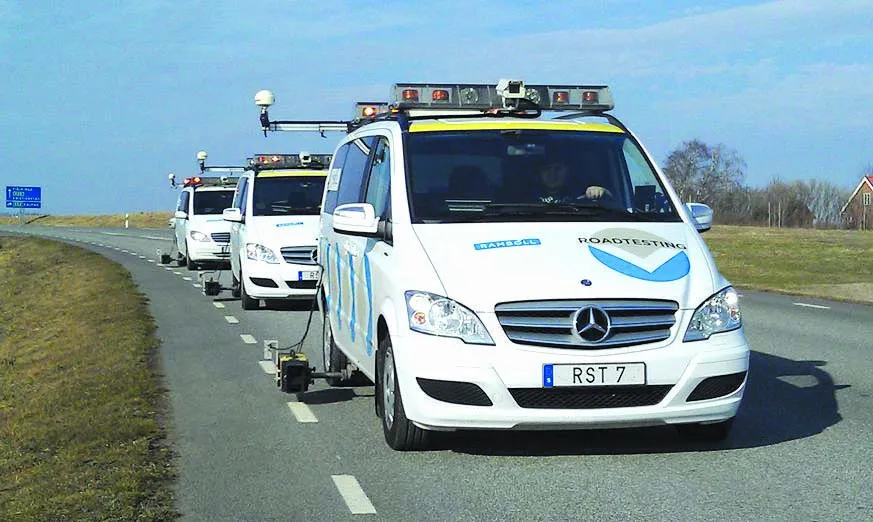Each car racing fan attending Australia's popular Bathurst 1000 event will be restricted to drinking a mere 24 375ml cans of beer/day. The measures have come about as police want to reduce alcohol-related crime. However, racing fans will be allowed up to 36 cans/day of low-mid strength alcohol beers. Meanwhile wine drinkers at the event will only be allowed 4litre wine/day each. The police are also urging people travelling to Bathurst to drive safely. Presumably, police will also be monitoring speed and alc
February 23, 2012
Read time: 1 min

Each car racing fan attending Australia's popular Bathurst 1000 event will be restricted to drinking a mere 24 375ml cans of beer/day. The measures have come about as police want to reduce alcohol-related crime. However, racing fans will be allowed up to 36 cans/day of low-mid strength alcohol beers. Meanwhile wine drinkers at the event will only be allowed 4litre wine/day each. The police are also urging people travelling to Bathurst to drive safely. Presumably, police will also be monitoring speed and alcohol levels amongst fans driving away from the event once the racing is over.







